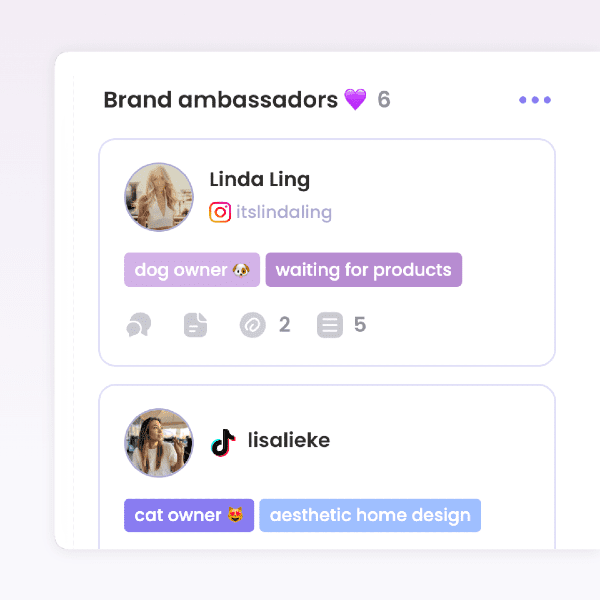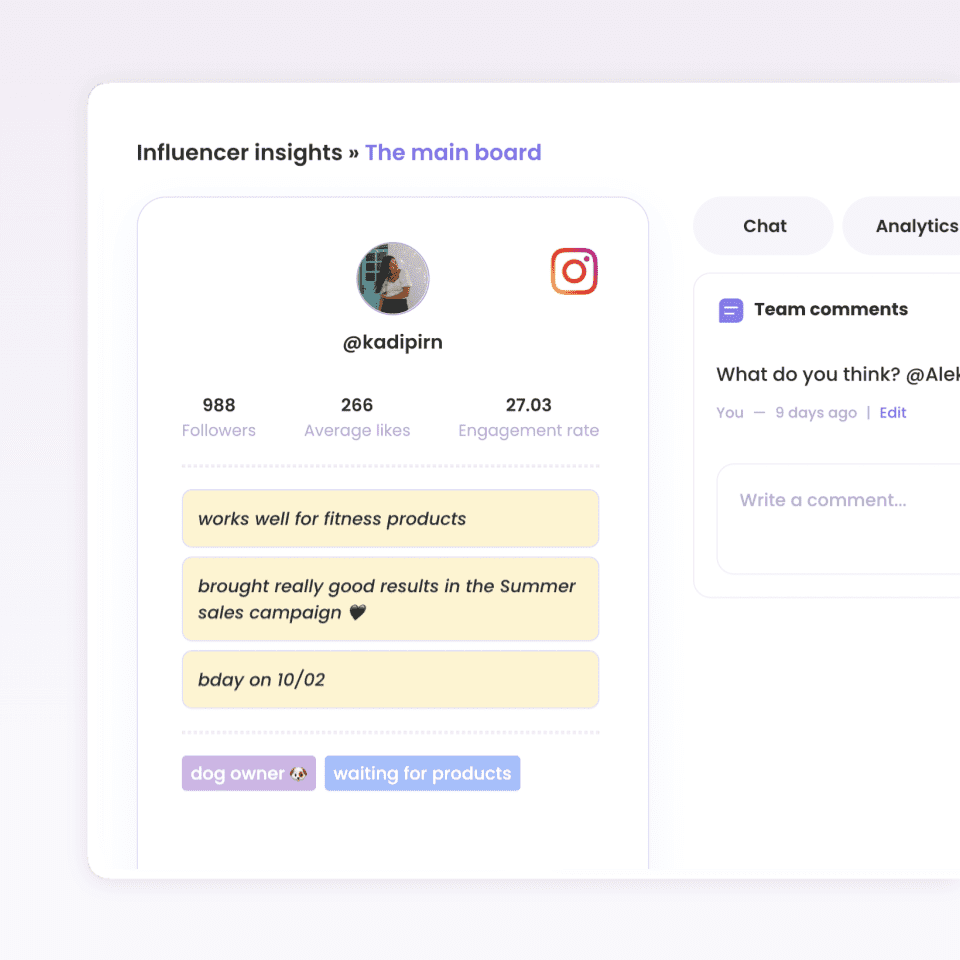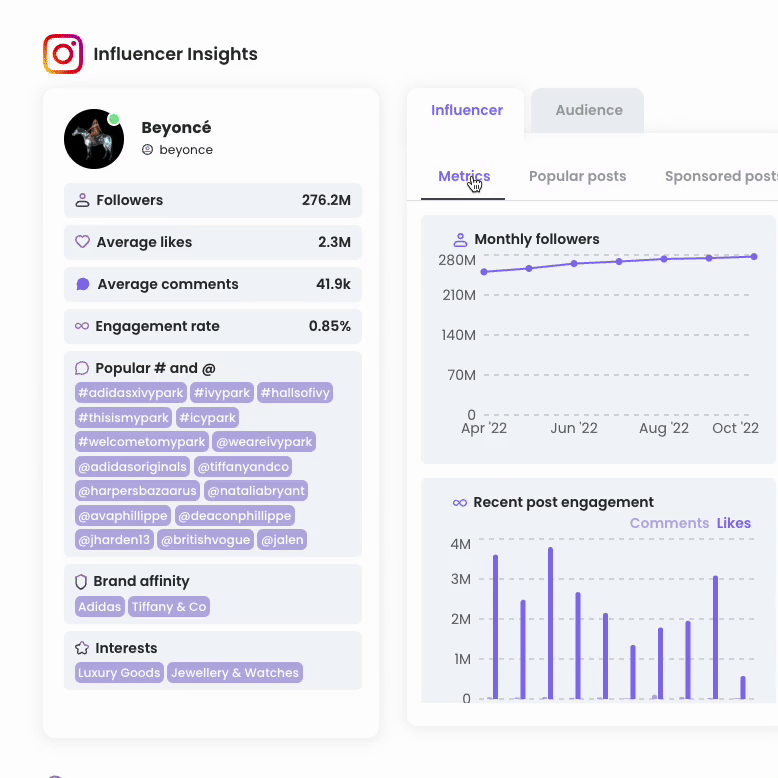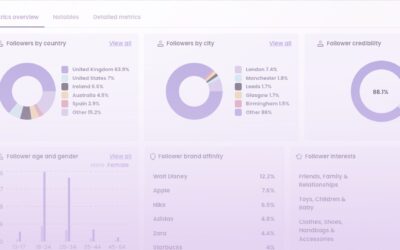Influencer marketing has become an impactful marketing channel for many brands. However, to maximize the impact of influencer campaigns, it’s essential to set up a robust system for influencer marketing analytics and reporting. Here’s a step-by-step guide on how to do that!
The importance of influencer marketing analytics
Influencer marketing can be a significant investment for businesses in terms of time and resources. To ensure that you’re getting a positive return on investment (ROI) and achieving your campaign goals, you need to analyze and measure its performance.
Why is it important? Firstly, analytics provide insights that enable data-driven decision-making, helping you refine your strategies for better results. With accurate reporting, you can identify what works and what doesn’t, allowing you to optimize future campaigns. Not to mention that analyzing the data helps you determine the ROI of your influencer marketing efforts, ensuring you get the most out of your budget!
In the long term, insights gained from analytics can guide you in building long-term relationships with influencers who align with your brand’s objectives.
Here’s a step-by-step guide to setting up your influencer marketing analytics and reporting! 👇🏼
1. Define your goals and metrics
The foundation of any successful (influencer) marketing campaign is setting clear and measurable objectives. Whether it’s increasing brand awareness, driving website traffic, or boosting sales, your objectives should guide your analytics strategy.
Based on your campaign goals, you can decide on which metrics to measure. Here are some common metrics that you might be interested in tracking!
• Reach. Understanding reach and impressions helps you assess the campaign’s overall exposure and whether it’s reaching your target audience.
• Engagement: the number of likes, comments, saves, and replies. A high engagement rate indicates that the influencer’s audience is actively engaging with your brand, which can lead to increased brand visibility and trust.
• Return on investment. ROI is a crucial metric for assessing the financial success of your influencer marketing efforts
• Content performance. Analyze which types of content (e.g., images, videos) performed best in terms of engagement and conversions.
Additionally, you can track website visitors, collected leads, conversion rates, the number of new followers on the brand’s profile, platform-specific metrics (such as Saves on Instagram), or any other metrics that are relevant to your business.
The last step is setting realistic goals and benchmarks that will serve as a reference point for measuring success.
2. Choose your tools and platforms
The choice of tools and platforms depends on your specific campaign needs and objectives.
When selecting your tools, consider factors such as budget, integration capabilities, and the availability of features like influencer analytics or story tracking.
Here are some tools that we recommend 🤍
• Google Analytics is a powerful tool for tracking website traffic, user behavior, and conversions. It allows you to monitor the impact of influencer-driven traffic on your website.
• Social media insights. Most social media platforms offer native insights and analytics tools for business accounts. These tools provide valuable data on engagement, reach, and audience demographics.
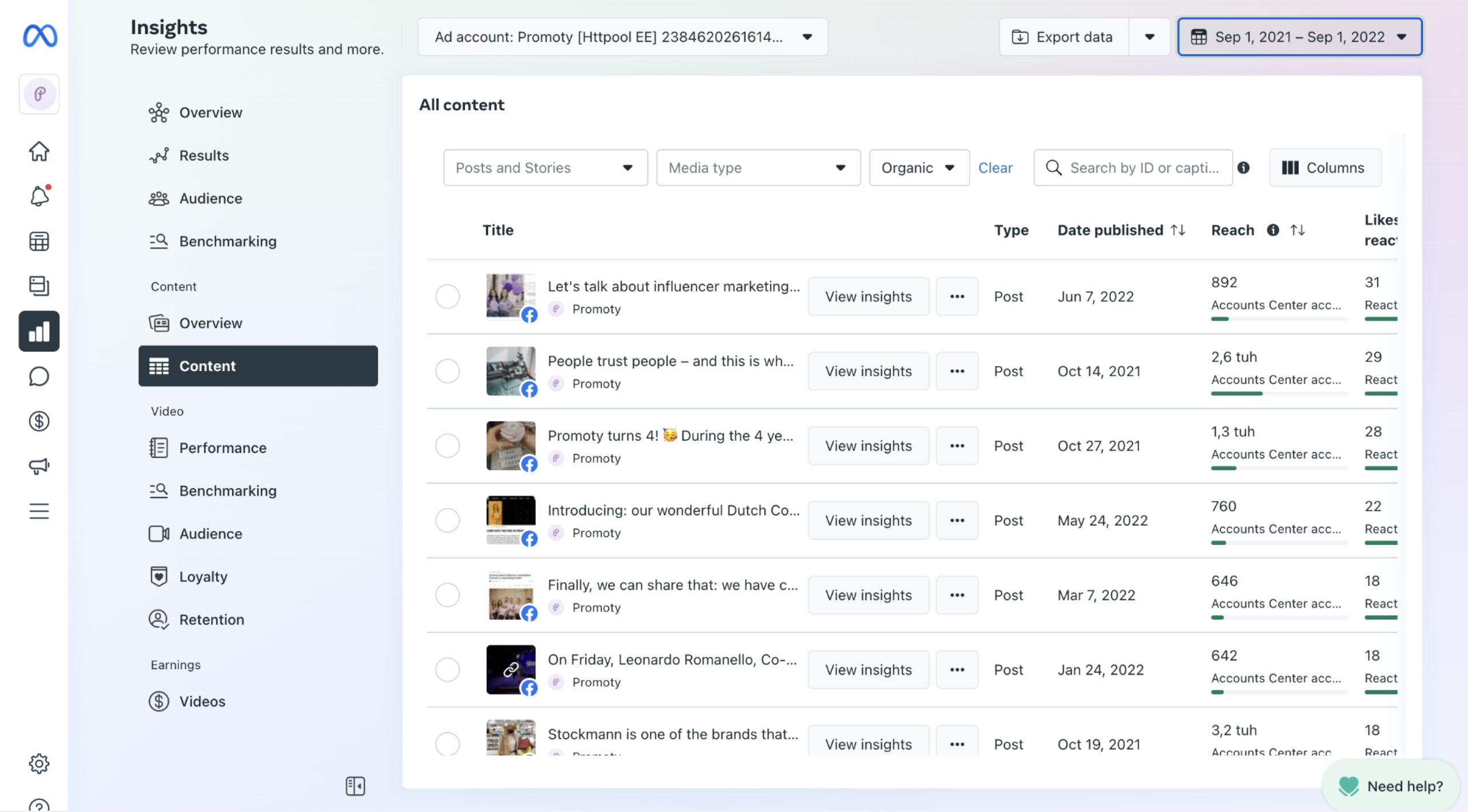
Facebook Insights provides data on your posted content
• Influencer marketing tools. There are specialized influencer marketing platforms that offer influencer management, tracking, and reporting features.
Promoty is one of them. On Promoty, you can get a detailed profile report of every Instagram, TikTok, and YouTube influencer worldwide – and export it as a PDF. If you need to confirm influencers with your team or a customer, that will save you hours of time!
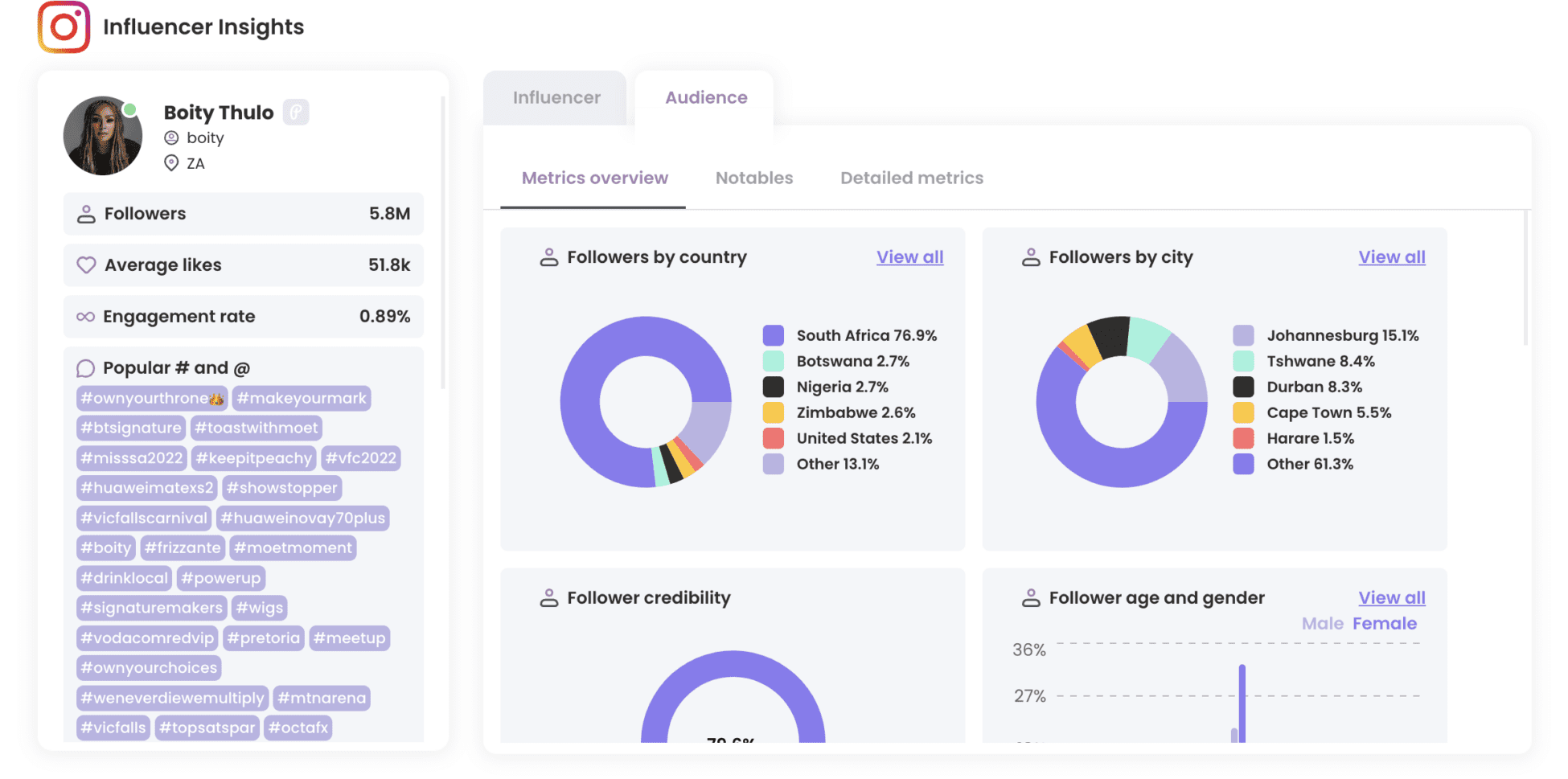
Promoty gives you a detailed report of every influencer in the world (learn more)
3. Set up analytics tracking
Now that you understand the prerequisites and have selected your tools, it’s time to set up tracking for your influencer marketing campaigns – based on the goals and KPI-s
In general, there are 3 ways to measure website traffic and purchases from influencer collaborations: giving influencers personal discount codes, creating trackable URLs (for example, with UTM tags), or using affiliate services.
Personal discount codes. If your e-commerce platform allows it, one of the easiest ways is to create a unique discount code for the influencer. The greater the discount you can offer – even in the short term – the more the influencers are motivated to share it! It’s a value for their followers, after all.
Trackable links, for example, with UTM tags. It basically means adding certain keywords to a URL before sharing it – and as a result, you’ll see on Google Analytics exactly which collaborations brought you the most traffic and what was the quality of that traffic.
Affiliate services create and distribute affiliate links for you. However, in this case, service fees might apply.
In case you don’t have an online store, the impact of influencer marketing is much more difficult to measure. In that case, the brand has no other way to compare the sales results of the period with the influencer marketing campaign period to see if there is any correlation.
Read more about measuring influencer marketing success and influencer marketing ROI on our blog.
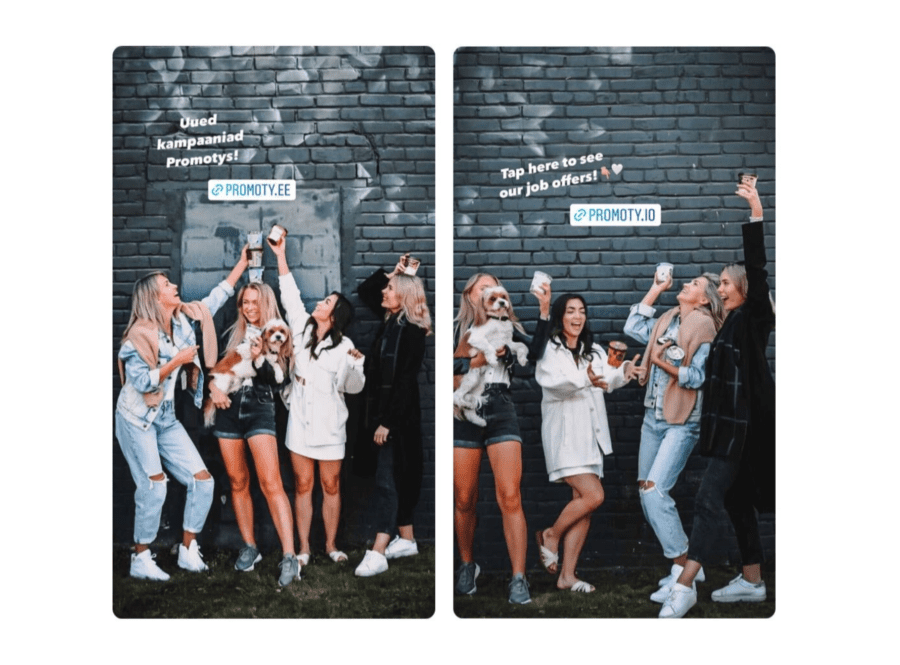
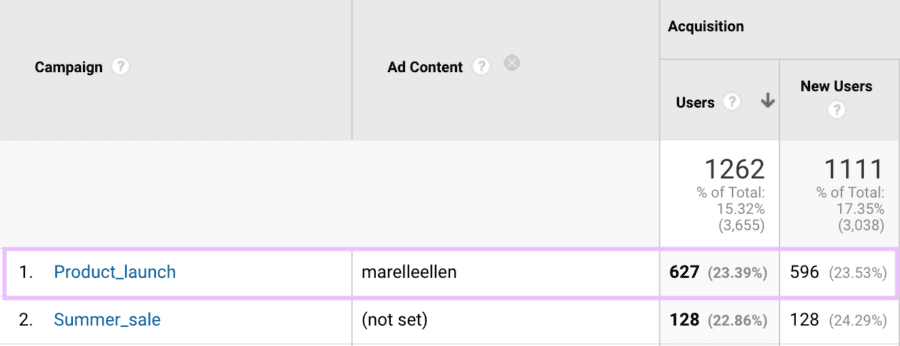
Using UTM tags allows you to track results of every collaboration
When it comes to influencer content tracking, the best practices include..
• Consistent tracking. Ensure consistent tracking of influencer content across platforms using UTM parameters, promo codes, or affiliate links.
• Audience engagement. Analyze audience engagement with influencer content, including likes, comments, shares, and clicks.
• Content performance. Measure the performance of different types of content, such as images, videos, or stories, to identify what resonates best with the audience.
For content tracking, we recommend using Promoty: instead of asking for screenshots and spending hours on creating campaign reports manually, you can see all the influencer content in one place.
Automated influencer content tracking on Promoty (learn more)
4. Monitor campaign performance
Once your campaign is live, it’s crucial to monitor and measure its performance continually.
Besides daily monitoring, it would be useful to generate weekly or monthly influencer marketing reports. Regular reporting helps you track progress and identify trends over time.
After every influencer marketing campaign, it’s suggested to run a post-campaign analysis that helps you evaluate whether you achieved your campaign objectives and determine which influencers, content types, or strategies were most effective. You can also ask for feedback from influencers – they might have some suggestions on how to improve!
It’s also important to document your findings and insights in a post-campaign report or an influencer CRM – this will serve as a reference for future campaigns.
Example of an influencer card in our influencer CRM (learn more)
5. Create a campaign report 📝
If you’re working for a customer – or you need to present campaign results to your team, you also need to create a report to communicate campaign results effectively. Here are some tips for that!
Use visuals. Incorporate charts, graphs, and visuals to make the data more digestible. Visuals can help stakeholders quickly grasp key insights.
Highlight key metrics. Focus on the most relevant metrics that align with your campaign objectives. Avoid overwhelming reports with excessive data.
Provide context. Explain the significance of the data points and metrics in the context of your campaign goals. What do these numbers mean for the business?
Include recommendations. Offer actionable recommendations based on the data. What should be done differently in future campaigns to improve results?
Customize for stakeholders. Tailor your reports to the needs and preferences of different stakeholders. Executives may require a high-level overview, while marketing teams may want more granular details.
BONUS: Get your influencer marketing organized
Running influencer marketing campaigns on a scale is difficult to handle without proper software. This has given rise to IRMs – influencer relationship management tools – that allow companies to manage all their creators, and collaborations, and monitor branded content in one place.
Promoty is one of them: it’s an influencer management platform that allows you to add Instagram, TikTok, and YouTube creators, organize them by boards and columns, add notes and labels to every profile, and much more. Additionally, you can get profile analytics for every influencer, and track influencer content.
This way, you can keep everything nice and organized – and that helps you to save tons of time! Here’s a short video on how it works! 👇🏼
As you embark on your influencer marketing journey, keep in mind that learning from your data and making data-driven decisions are key to achieving long-term success.
So, start setting up your influencer marketing analytics and reporting system today and watch your campaigns flourish. 🪄
